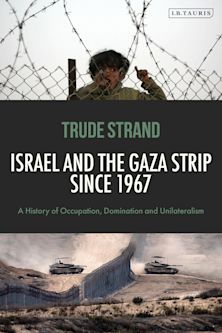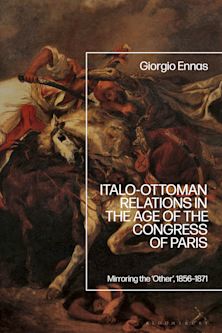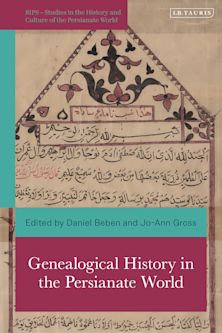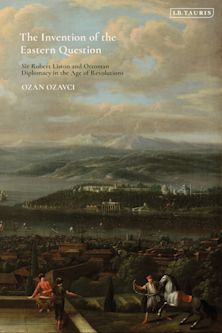Slavery in the Modern Middle East and North Africa
Exploitation and Resistance from the 19th Century - Present Day
Slavery in the Modern Middle East and North Africa
Exploitation and Resistance from the 19th Century - Present Day
Description
What is the nature of slavery as practiced and at times reintroduced over the past two centuries in the Middle East and North Africa? In spite of the rich regional diversity of the areas studied – from Morocco to the Indian Ocean to Iran – this anthology demonstrates clear commonalities across the super-region. These include the regulation of slavery by Islam and local traditions, the absence of a rigid racial hierarchy as in North American slavery, the management of the sexuality and reproductive capacity of female slaves, and views on identity and heritage among descendants of slaves. Authors also examine the economic and theological underpinnings of contemporary slavery and human trafficking.
The book is among the first to focus on slavery across the Islamic world from the 19th century to the present – a period constituting the endgame of institutionalized slavery in the region but also the persistence of forms of de facto enslavement. Each chapter scrutinizes from a different vantage point – institutions, economics, the abolitionist movement, literature, folklore, and the moving image – creating a multi-dimensional picture of the phenomenon.
The authors have mined government archives and statistics, memoirs, interviews, photographs, drawings, songs, cinema and television. Not only are Arabic, Persian and Turkish sources leveraged, but a variety of materials in minor and endangered languages, such as Soqotri, Balochi and Sorani Kurdish, in addition to European languages.
Table of Contents
Part One: Gender and Sexuality: Female Slaves
1. Ziba Khanum of Yazd: An Enslaved African Woman in Nineteenth-Century Iran, Anthony A. Lee, UCLA, USA
2. On the Multivalence of Women's Captivity Narratives, Irvin Cemil Schick, Istanbul Sehir University, Turkey
Part Two: Resistance and Abolition
3. The Gradual Elimination of Female Slavery in the late Ottoman Empire: Institutional Change, Kadir Yildirim, Rice University, USA
4. The Social Construction of Slavery, Injustice and Manumission on the Gulf Coast of Arabia and Oman in the 1920s and 1930s, Jerzy Zdanowski, Andrzej Frycz Modrzewski Krakow University, Poland
5. Iranian and Russian Slaves in Turkestan as Seen Through the Art of Nikolai Karazin (1842-1908), Elena Andreeva, Virginia Military Institute, USA
Part Three: Preserving Identity and Tradition
6. Afro-Baloch Communities in Modern Iran and Their Healing Traditions, Maryam Nourzaei, Uppsala University, Sweden
7. Identity Preservation Among the Descendants of Slaves on the Island of Soqotra: music, handicrafts, and lexicon, Kevin McNeer, independent scholar, and Sarali Gintsburg, University of Navarra, Spain
8. Mercy Releases: Manumission Practices in Tetouan, Morocco (1860–1960)
Josep Lluís Mateo Dieste, Universitat Autònoma de Barcelona, Spain
Part Four: Slavery in a Post-Slavery World
9. The 'Street Children' of Egypt: a case of modern-day slavery by Dina Al Raffie, Duquesne University, USA
10. 'Ask Her, She is Not Afraid To Tell You': Sexual Enslavement of Yezidi Women by ISIS: causes and aftermath, Lana Ravandi-Fadai, Institute of Oriental Studies of the Russian Academy of Sciences, Moscow, Russia
Product details
| Published | 30 May 2024 |
|---|---|
| Format | Ebook (PDF) |
| Edition | 1st |
| Extent | 254 |
| ISBN | 9780755647941 |
| Imprint | I.B. Tauris |
| Series | Sex, Family and Culture in the Middle East |
| Publisher | Bloomsbury Publishing |
Reviews

ONLINE RESOURCES
Bloomsbury Collections
This book is available on Bloomsbury Collections where your library has access.

































